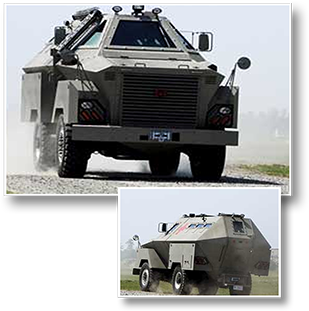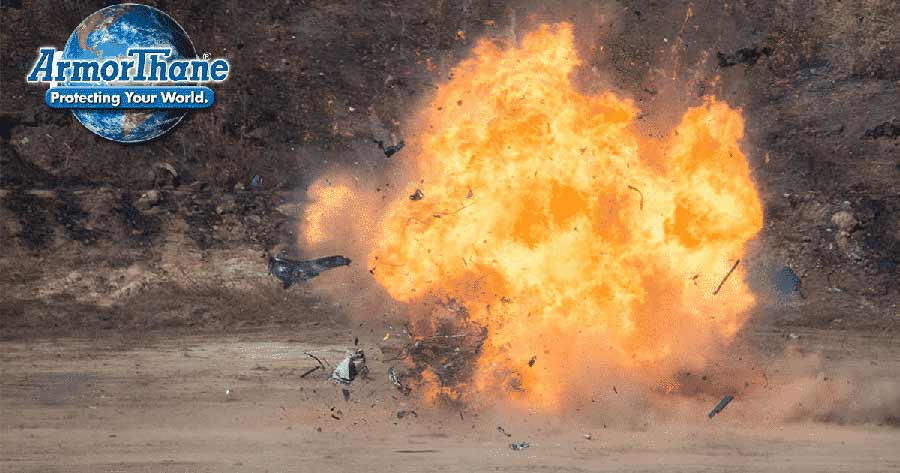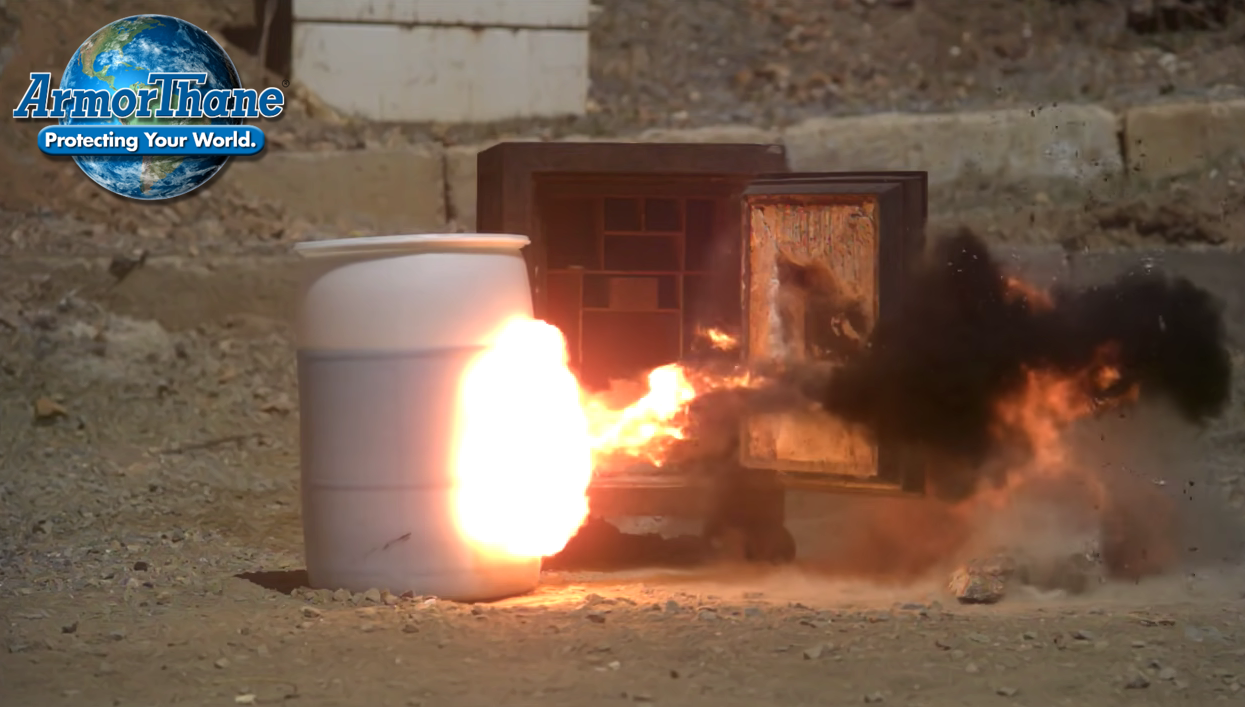For years numerous companies and governments around the world have tried to come up with better ways to protect human lives and physical property from blast threats.

The damage caused by blasts/explosions and the resulting energy shock waves can cause devastating losses. Modern chemistry and the innovative R&D team at ArmorThane have produced several solutions to help provide blast protection and combat these tragic events.
“Protecting the protectors”
ArmorThane’s ArmorBlast ultra high strength Polyurea coatings provide superior blast mitigation and ballistics protection to military and civilian entities around the world.

ArmorThane originally developed these groundbreaking polymer coatings for the United States military. After years of R&D and continual improvement of the technology, ArmorThane is proud to offer industry, cutting-edge, blast resistance solutions that help save human lives and protect property.
Contact them today to learn more about how ArmorThane’s advanced Polyurea coatings provide superior blast and ballistic protection.
Blast and explosion mitigation has come a long way from thick concrete and metal housings. New research into granular-filled panels and metal foams has taken the spotlight in some material research circles, but these energy dissipative techniques can be disruptive to the structure or system that is being protected.
Explosion and blast mitigation has advanced from the thick concrete and metal housings. The latest research on granular-filled panels as well as metal foams has been able to grab the spotlight in certain research groups, however, these methods of dissipating energy could cause disruption to the structure or system protection.

books on blast Strategies for Mitigation
The Office of Naval Research, since 2000 and continuing to fund research to create strong, blast-reducing solutions for ship hulls following attacks on the USS Cole. The focus of the research was ways to prevent rupture due to an underwater explosion that was close to the surface.. The result was the development of the high tensile strength and weight-to-weight ratio polymer, which was given the name Energy/Explosion Resistant Coating or ERC.
To the left is an image from a demonstration by ArmorThane of a polyurea coating applied to an unconstructed block of concrete. The front side of the wall was covered with ArmorBlast and the backside was left untreated. The uncoated blocks were able to break and throw projectiles but the front was solid. If it is applied on the whole wall the internals could break but the wall will remain in place and the force that was emitted by the impact will be extinguished.
Alternatives for ERCs are available now and are generally constructed from identical polyurea, polyurethane, or in combination with other techniques to mitigate blasts. The claims are that a wall coated with ERC (such as ArmorBlast, Defend-X, and a variety of other coatings for blast mitigation) can withstand forces of explosion as high as 20 times the force of that of a comparable, uncoated wall. It can be utilized alongside concrete, wood brick, steel as well as other materials for structural engineering in both military and commercial applications.
An even more amazing demonstration of an ERC coated brick wall, a cinder block as well as a control wall, both of which were hit by a realistic car bomb blast. The inside view of 1:10 shows walls expanding inwards, but is held in its ERC coating.
Watch how the combination consisting of polyurea as well as Kevlar sheet can stop this cinder block from being blown up by an explosion. The blast was large enough to resemble the typical car bomb. It was the left wall that had been left unfinished as designed to serve as the control wall. The right side was coated with polyurea
The ONR after 9/11 increased its research efforts to include protection from ballistic penetration as well as land mines and IEDs that were improvised (IED) and blasts. The polymer was incorporated into vehicles for troop transport and multi-purpose use. From this point, spray-on variations that made use of ERC polymer were created and were later widely used.


